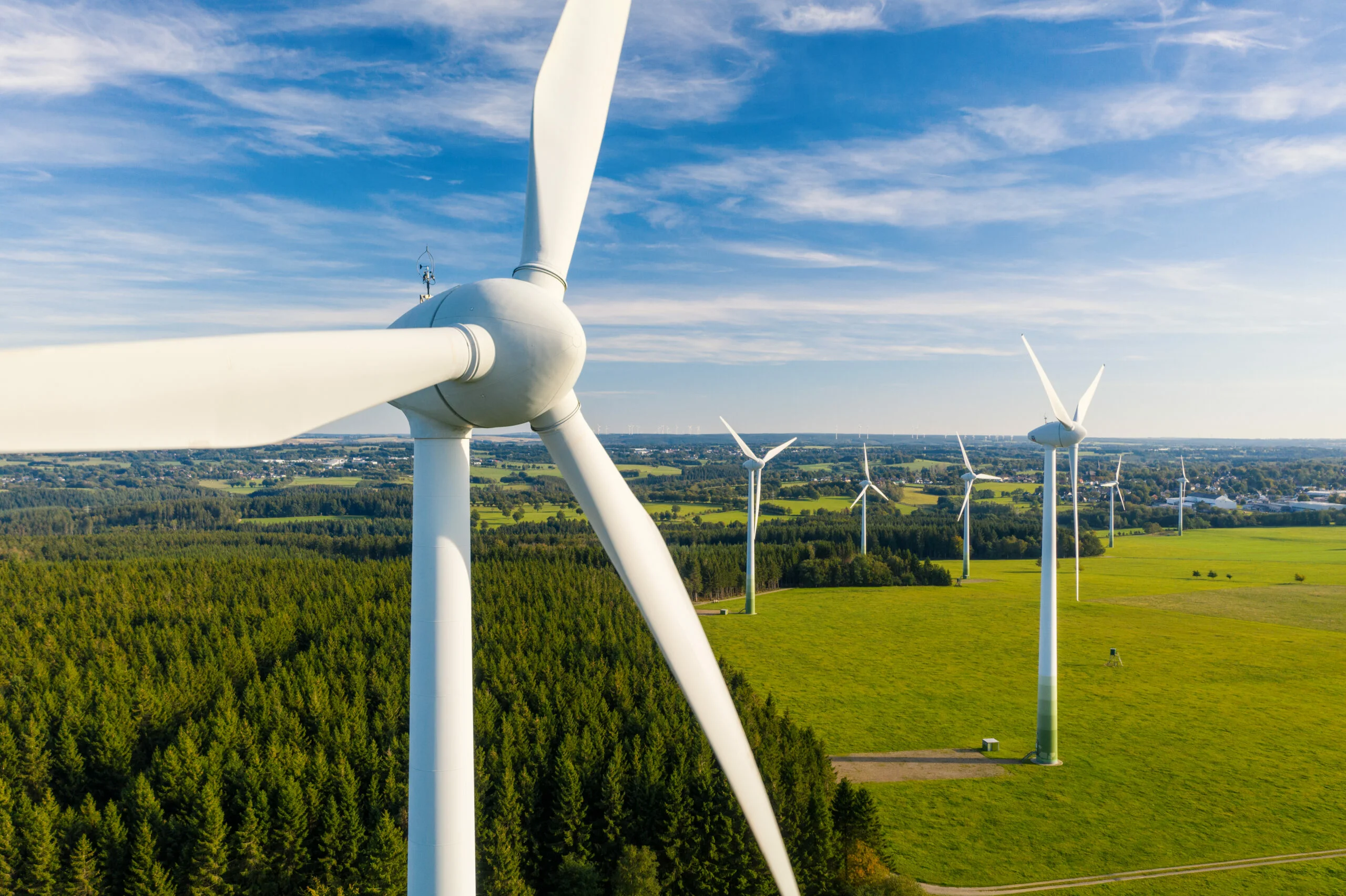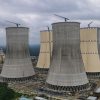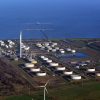As the global economy faces economic and geopolitical uncertainties, global energy investment is set to reach a record $3.3 trillion in 2025, with more than two-thirds of that amount directed toward clean energy and low-carbon technologies. China, by a wide margin, remains the world’s largest energy investor.
amid ongoing global uncertainty, global energy investment in 2025 is expected to hit $3.3 trillion. China will maintain its lead, investing nearly as much as the United States and the European Union combined in the energy sector.
Out of this total, approximately $2.2 trillion will go toward renewable energy, nuclear power, grid development, energy storage, low-emission fuels, energy efficiency, and electrification—double the $1.1 trillion being invested in oil, gas, and coal.
For the first time since 2020, global investment in upstream oil is expected to decline, with a 6% drop primarily driven by reduced investment in U.S. shale oil. In contrast, investment in new liquefied natural gas (LNG) facilities is on the rise, with new projects underway in the U.S., Qatar, and Canada.
Current investment trends clearly indicate that a new era of electricity is emerging. This year, investment in the electricity sector is on track to be about 50% higher than the total spent on supplying oil, natural gas, and coal, accounting for more than half of all energy investment.
However, concerns about electricity security are growing. Investment in power grids has failed to keep pace with spending on generation and transmission. Ensuring grid reliability will require grid investment to match electricity generation spending by the early 2030s.
While intense competition has helped drive down the prices of solar panels and batteries, the cost of electrical equipment is rising. Shortages of transformers and cables, along with rising steel and aluminum prices—especially in the U.S.—have driven up the cost of drilling and large-scale engineering projects. These pressures could worsen with the introduction of new trade tariffs.
The rapid increase in electricity demand has also boosted investment in coal supply, especially in China and India. In 2024, China began building nearly 100 gigawatts of new coal-fired power capacity, pushing global coal power project approvals to their highest level since 2015.
Meanwhile, investment in biofuels, biogas, and low-emission hydrogen is set to reach a new record in 2025. However, due to policy uncertainty, some projects have faced setbacks, with a number either delayed or canceled.






